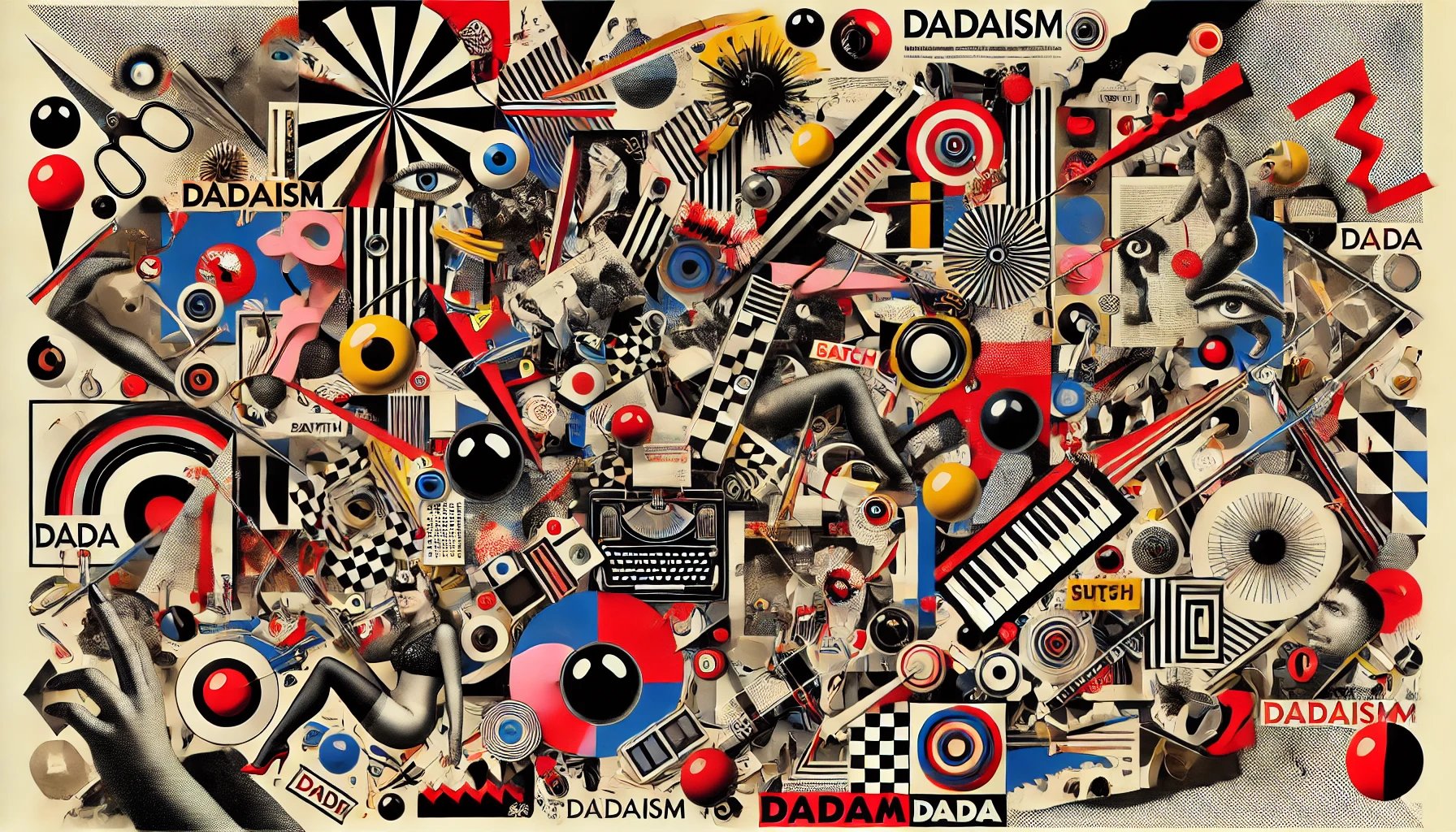
Marcel Duchamp
Marcel Duchamp, born on July 28, 1887, in Blainville-Crevon, France, stands as a central figure in the development of contemporary art. His work revolutionized traditional notions of art, particularly through the introduction of the "Readymades" (everyday objects presented as works of art) of which "Fountain" (1917) remains one of the most iconic. Duchamp challenged artistic conventions and questioned the very nature of art itself, promoting a new way of understanding creativity and aesthetic perception.
Duchamp devoted much of his artistic life to investigating the origin of an object’s value, an essential question in the modern understanding of matter and creation. His inquiry did not focus on degrees of beauty, technique, or originality, but rather on the mystery of value itself: that moment in which an object, perhaps ordinary, reproducible, or even despised, acquires immeasurable significance simply because a person or entity designates it as a bearer of meaning and worth.
For Duchamp, value does not reside in matter itself but in the symbolic, historical, or emotional charge we project onto it: the staff becomes sacred and precious for having belonged to Moses; an ancient coin is worth more than its gold content because it embodies a time, a history, and an unrepeatable memory. From this intuition, Duchamp understood that the artistic act could be, in itself, an exercise in the revelation of value, a way of showing how humanity transforms matter into sign and grants it purpose and meaning. Thus, were born his celebrated "Readymades": industrial objects selected without any modification, elevated to the status of art solely by the artist’s intent. In the "Assisted Readymades," this process involved a slight material intervention, a minimal manipulation sufficient to displace the object’s original meaning. Yet the principle remained: it is not the object that changes in form or aesthetic value, but our gaze upon it.
In this line of inquiry into the symbolic value of matter, later artists such as Maurizio Cattelan, with his work "Comedian" (2019), a banana affixed to a wall, and Piero Manzoni, with his provocative "Artist’s Shit" (1961), extended Duchamp’s question: when and why does something, seemingly banal or repulsive, acquire value and become art? The answer, neither economic nor material but functional and structural, remains the same that guided Duchamp: much, and sometimes all, of an object’s value lies not within itself but within the person who contemplates it. As one might put it poetically: “We are, because we are loved.”
The Dada movement, which emerged in Zurich during World War I, was a significant influence on Duchamp. This movement sought to break away from the established standards of art, literature, and culture, embracing spontaneity, absurdity, and anti-art. Duchamp adopted and expanded these principles, elevating them to new heights through his conceptual works.
Duchamp also profoundly influenced subsequent artistic movements, including Surrealism and Conceptual Art. His emphasis on the idea over the form inspired artists such as Salvador Dalí and René Magritte, who explored dreams, the unconscious, and irrationality in their works. His influence also extended to Pop Art and Minimalism, where concept and presentation played crucial roles.
Within the realm of conceptual art, Duchamp is regarded as a foundational precursor. His "Readymades" and "Assisted Readymades," along with his questioning of what constitutes a work of art, paved the way for artists such as Joseph Kosuth and Sol LeWitt. These artists embraced the premise that the idea or concept behind a work is more important than the object or its physical execution, a principle essential to conceptual art.
Duchamp was also a pioneer in the use of humor and irony in art, employing pseudonyms such as Rrose Sélavy to challenge and play with artistic and social identities. This playful approach left an indelible mark on how contemporary artists engage with creation and interpretation.
